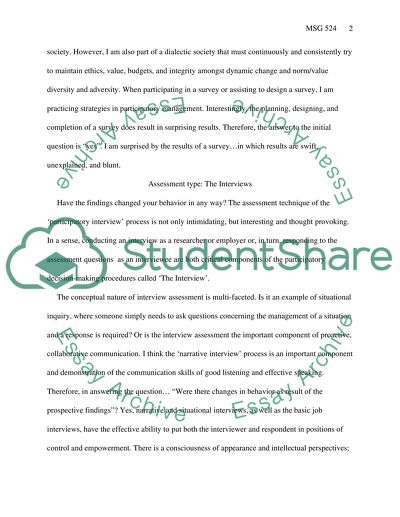Cite this document
(The Leadership Self-Assessment Term Paper Example | Topics and Well Written Essays - 2000 words, n.d.)
The Leadership Self-Assessment Term Paper Example | Topics and Well Written Essays - 2000 words. Retrieved from https://studentshare.org/sociology/1455248-reflective-paper
The Leadership Self-Assessment Term Paper Example | Topics and Well Written Essays - 2000 words. Retrieved from https://studentshare.org/sociology/1455248-reflective-paper
(The Leadership Self-Assessment Term Paper Example | Topics and Well Written Essays - 2000 Words)
The Leadership Self-Assessment Term Paper Example | Topics and Well Written Essays - 2000 Words. https://studentshare.org/sociology/1455248-reflective-paper.
The Leadership Self-Assessment Term Paper Example | Topics and Well Written Essays - 2000 Words. https://studentshare.org/sociology/1455248-reflective-paper.
“The Leadership Self-Assessment Term Paper Example | Topics and Well Written Essays - 2000 Words”, n.d. https://studentshare.org/sociology/1455248-reflective-paper.


